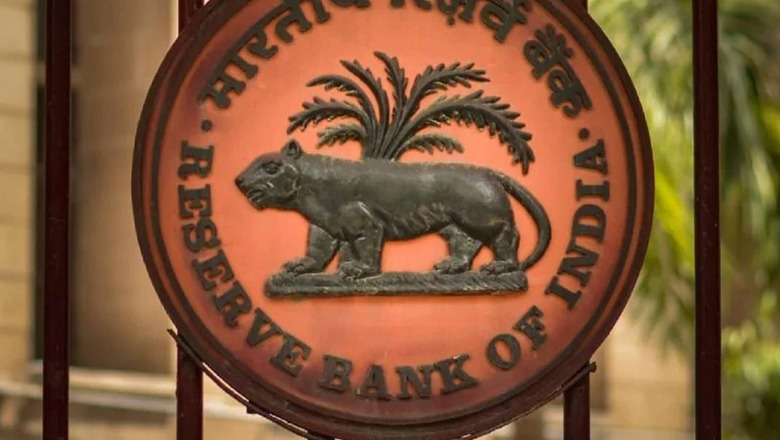
views
Waning input cost pressures, still buoyant corporate sales, and turn-up in investments in fixed assets are heralding the beginning of an upturn in the capex cycle in India which will contribute to a speeding up of growth momentum in the Indian economy, the RBI said in the latest report. It added that the near-term growth outlook for the Indian economy is supported by domestic drivers as reflected in trends in high-frequency indicators.
“The balance of risks is increasingly tilted towards a darkening global outlook and emerging market economies (EMEs) appear to be more vulnerable, even though incoming data suggest that global inflation may have peaked. The near-term growth outlook for the Indian economy is supported by domestic drivers as reflected in trends in high frequency indicators. Equity markets touched a string of new highs during November buoyed by strong portfolio flows to India. Headline inflation moderated by 90 basis points to 5.9 per cent in November driven by a fall in vegetables prices even as core inflation remained steady at 6 per cent,” the central bank said in its Bulletin-December 2022, authored by RBI staff, including Deputy Governor Michael Patra.
India has emerged as a leader in the digital revolution taking place globally but there are few credible estimates on the size of digital economy which hampers evidence-based policy making.
“India’s core digital economy (hardware, software publishing, web publishing, telecommunication services, and specialized and support services) increased from 5.4 per cent of gross value addition (GVA) in 2014 to 8.5 per cent in 2019. Including the sectors that have witnessed digital disruptions, the share of digitally dependent economy hover around 22 per cent in 2019,” the RBI said.
It added that India’s digital economy grew 2.4 times faster than the Indian economy, with strong forward linkages to the non-digital sectors. The digital output multiplier has increased over time, highlighting the role of digital economy investments to drive growth.
“The employment estimates show that 4.9 million people were employed in the core digital sector. Considering the total digitally dependent economy, around 62.4 million workers are employed in digitally disrupted sectors,” the central bank said.
The RBI also said agricultural production in India continues to be predominantly dictated by the cumulative amount of rainfall and its temporal and spatial distribution during both the South West Monsoon and North East Monsoon seasons; access to irrigation; timely and adequate availability of quality seeds, chemical fertilisers, pesticides and labour; expectations of price; and finally, the minimum support price (MSP) and procurement policies announced by the government.
“As regards the Rabi outlook, the prospects for wheat production are good with higher MSP, adequate reservoir levels and soil moisture conditions, and climatic factors supporting higher acreage and yield,” it said.
The report also said microfinance, which took roots in the southern region, has over time spread to the historically under-banked eastern and north-eastern regions, thus, partly bridging the regional banking divide. However, there are state-level differences in the access and usage of microfinance within the north-eastern region.
Read all the Latest Business News here




















Comments
0 comment